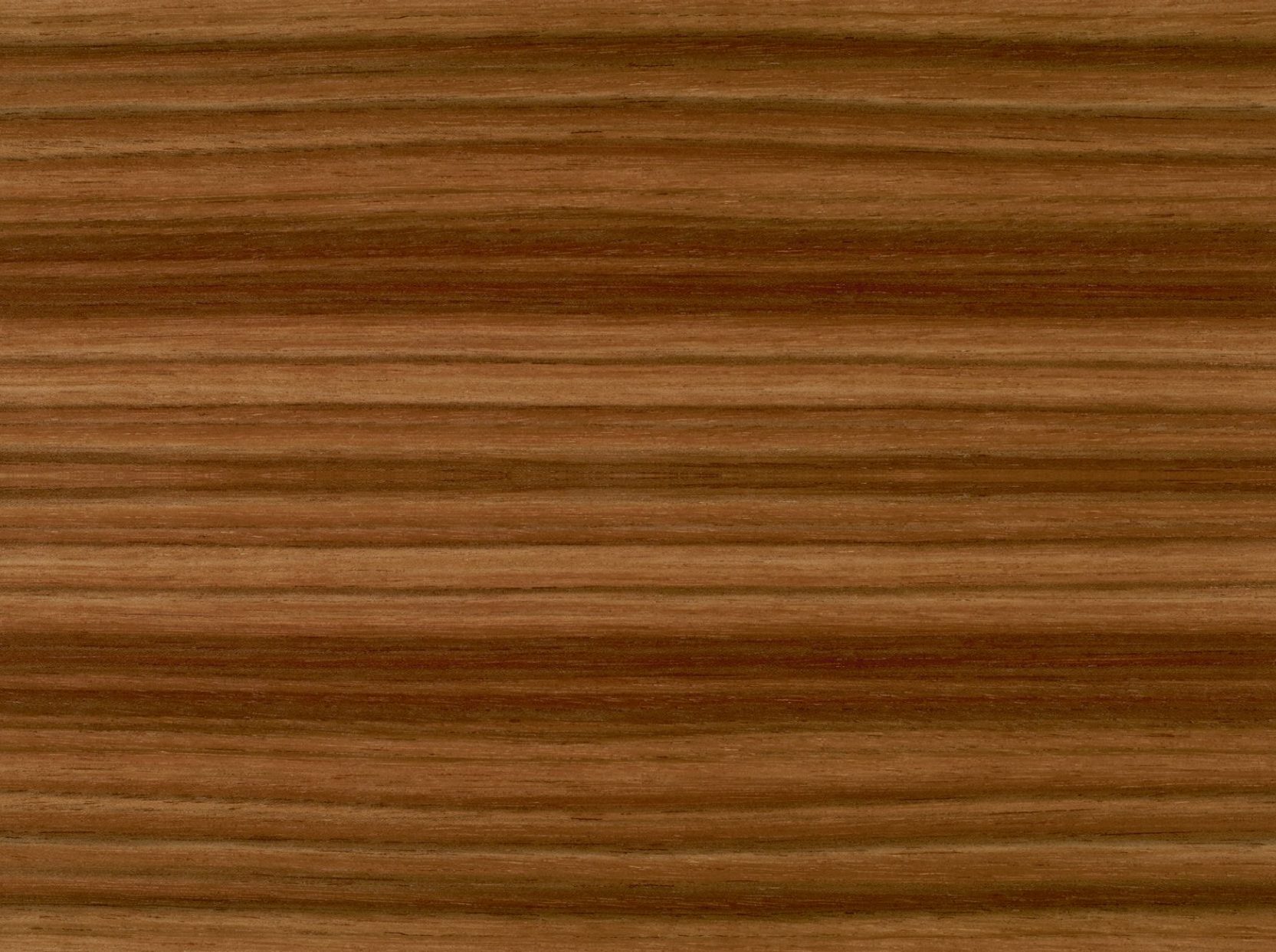
Etimoe
Copaifera salikounda

Handelsname
Etimoe
Ursprungsland
Westafrika
Vorkommen
Die Ansiedlung der Holzart Etimoe reicht von Guinea über Sierra Leone bis nach Nigeria. Die Bäume wachsen verstreut in tropischen unteren Regenwäldern.
Verwendung
Anwendung findet die Holzart Etimoe unter anderem als Messerfurnier für Möbelstücke, Vertäfelungen und Verkleidungen. Auch die Produktion von Schälfurnier für die Herstellung von Sperrholz ist möglich. Als Furnier wird Etimoe sowohl flachgemessert als auch als Friese aufgearbeitet und verwendet. Aufgrund der Häufigkeit und des geringen Preises, wird das Holz eher in der Serienmöbelproduktion eingesetzt, lediglich die geriegelte bzw. speziell gemaserte Variante, die dann als Tigerwood bezeichnet wird, findet im gehobenen Innenausbau Verwendung.
Eigenschaften
Die Farbe ist rötlichbraun und unregelmäßig mit dunkleren Farbzonen versehen. Der ausgeprägte Wechseldrehwuchs dieser Holzart ist auf der Oberfläche von Furnieren und Brettern deutlich zu erkennen. Das Kernholz überzeugt durch gute Dauerhaftigkeit und ist sehr robust gegenüber Schädlingsbefall.
Verarbeitung
Etimoe lässt sich mit allen mechanischen Werkzeugen problemlos bearbeiten.
Trocknung
Unkompliziert, Trocknung sollte jedoch langsam erfolgen. Es ist nicht selten, dass es dabei zu Harzausfluss im Splintbereich kommen kann.
Oberfläche
Das Beizen und Lackieren bereitet keinerlei Probleme. Schwierig ist jedoch das Auftragen von Polyesterlacken, da diese sich wegen des Harzvorkommens im Splintbereich nur schlecht mit der Holzoberfläche verbinden.
Verleimung
Problemlos. Etimoe nimmt den Leim gut an und verbindet sich fest mit dem Trägermaterial.

